Vietnam in the lunar eclipse 'hunting' zone, 102 opportunities to see the beauty of the sky
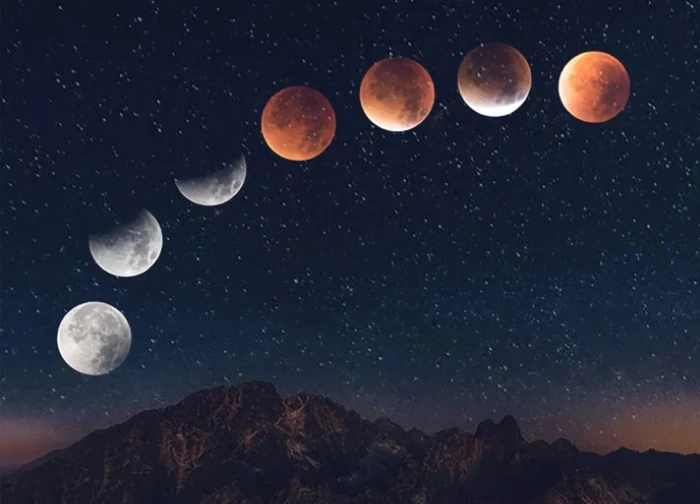
4 | 0 Discuss | Share
This 193km-long man-made canal was built by the Suez Canal Company between 1859 and 1869, but the original idea belonged to the ancient Egyptians - obviously, the goal of both was the same: to open up a new canal. a route connecting east and west, serving global trade.
Project... to win people's hearts
Pharaoh Senusret III is said to have directed the construction of the route connecting the Red Sea and Nile River in 1850 BC, while Pharaoh Necho II (610 - 595 BC) also had similar ambitions but had not yet taken shape. , until the Persian Emperor Darius (522 - 486 BC) completed it and declared: "When this canal was dug at my direction, merchant ships sailed from Egypt through the canal into Persia just as it was. I anticipate".
Herodotus, the Greek historian, writes that 120,000 workers died building the canal under Necho, and that the canal was named "Channel of the Pharaohs" completed by Darius connecting the Nile and Great Bitter Lake wide enough for two cargo sailboats to pass each other with their oars spread out without colliding.
The canal was restored by Ptolemy II Philadelphus in 270 or 269 BC, only to be abandoned centuries later due to the withdrawal of the Red Sea combined with the continuous accumulation of silt from the Nile.
Although merchants from Venice (Italy) proposed the idea of dredging a road so that ships could dock in India in the early 16th century, it was Napoleon Bonaparte who was named for his plan to build the current canal. first era after the conquest of Egypt in 1798.
But unfortunately for the French commander, when the expert cartographers and engineers under him miscalculated that the Red Sea was 9.14 meters higher than the Mediterranean, which meant the river delta The Nile would be flooded if the artificial waterway was built, causing him to give up his intentions.
This mistake was rectified after a group of experts including Paul-Adrien Bourdaloue, Robert Stephenson, and Alois Negrelli reassessed everything in 1847, paving the way for French diplomat Ferdinand de Lesseps to negotiate. with the governor of Egypt to come to an agreement to carry out a major project, establishing the Suez Canal Company in 1854.
Three years later, he began working on his ambitious canal, running from Port Said to Port Tewfik, in the face of strong opposition from the British (the government was concerned about the canal's impact on the its fertile trade route to India), and the British newspaper called the canal "a blatant plunder, conceived to exploit honest people", much to De Lesseps' irritation. a war of words with then-British prime minister Lord Palmerston, even challenging railway engineer Robert Stephenson to a duel of honor after he criticized De Lesseps in parliament.
Violent intimidation
Egyptian farmers were forced to participate in the construction of the canal in the face of violent threats, forcing them to use picks and shovels and bare hands to dig the soil before the country's leader, Ismail Pasha, declared it an act. broke the law in 1863 and forced De Lesseps to use high-tech coal-powered bulldozers and steam dredges. 75 million cubic meters of sand has been dug up over the course of a decade, three-quarters of which has been removed by heavy machinery.
The inauguration ceremony was held on the evening of November 15, 1869 in Port Said, with lights, fireworks and a banquet on Pasha's yacht. Emperor Franz Joseph I, French Empress Eugenie, and Prince of Russia were all present.
Interestingly enough, in the same year, French sculptor Frederic-Auguste Bartholdi went to De Lesseps to present the idea of erecting a 27-meter-tall statue of the torch-bearer at the canal mouth to act as a seaman. Sign the navigation for ships to enter. This "Egypt Bringing Light to Asia" statue was rejected by engineers, but Bartholdi did not give up and eventually unveiled another version of it in New York City in 1886, an icon known today. with the name "The Statue of Liberty"!
The Suez Canal became the center of conflict between Britain, France and Israel after 87 years of operation, when Egyptian President Gamal Abdel Nasser nationalized it on July 26, 1956. His country gained independence from the British Empire in 1922, but the occupying army continued to administer the canal to secure British commercial interests, and opposed the construction of the canal. Aswan Dam.
On October 29, 1956, military forces invaded Egypt to regain control, but were quickly criticized by the international community, including the United States, the United Nations, and the Soviet Union. (the country even threatened nuclear retaliation).
British Prime Minister Anthony Eden, also under pressure from protesters at home, was forced to order the withdrawal of troops and eventually resign in humiliation.
The Suez Canal continued to become a hot topic during the six-day war between Egypt and Israel in 1967, when it was closed and blocked at both ends by countless warships and mines.
At that time, there were 15 cargo ships moving on the canal, and they had to wait for 8 years and then became what is called the "Golden Fleet" after a long time being in the desert. deck covered.
Until being moved again in 1975 after a new truce, the crew who had to stay behind to guard the cargo ships sought to entertain themselves by organizing sports competitions. as well as their own gatherings and parties, and even developed a system of bartering goods and their own seals. After 8 years at anchor, only 2 out of 15 ships are eligible to set sail again.
Recently, the Suez Canal has become much more stable - an estimated 50 ships pass through the canal every day and the Egyptian authorities collect $5 billion in fees per year - of course, the canal has also undergone many renovations. fix.
A project to widen and deepen the Ballah turn of the Suez Canal, separating it from the main canal with a construction length of 35km, costing $9 billion, was launched in August 2014. A year later, the bypass was opened, allowing 97 ships to pass through each day, helping to speed up the passage of time through the Suez Canal.
Ever Given, a 400 meter long cargo ship, is operated by Taiwanese company Evergreen Marine and is registered in Panama. It was built by Japanese company Imabari Shipbuilding, has a capacity of 20,388 containers, and first operated on May 9, 2018.
In the last days of March 2021, the incident of the container ship Ever Given getting stuck in the Suez Canal, blocking and blocking the flow of vehicles from both the North and the South, attracted the attention of the public. international agreement on waterways linking the Mediterranean Sea with the Red Sea. Ever Given was on its way from China to the Dutch port of Rotterdam when it crashed. Before that, in February 2019, the Ever Given ship had another incident: it collided with a small cargo ship in the German port of Hamburg.
This route has permanently changed the history of international shipping, helping ships avoid having to go through the Cape of Good Hope of South Africa, shortening 6000 km, avoiding piracy and reducing costs. The Suez Canal is considered one of the most important shipping lanes in the world, playing a role in facilitating global trade.
Egypt: Fire in a textile factory, nearly 20 casualties  team youtuber10:34:26 12/03/2021The fire at the factory in El Obour came just days after a tractor-trailer crashed into a minibus, killing at least 18 people and injuring five others south of Cairo. According to the announcement of the local Governor's Office, the cause of the fire has not yet been determined...
team youtuber10:34:26 12/03/2021The fire at the factory in El Obour came just days after a tractor-trailer crashed into a minibus, killing at least 18 people and injuring five others south of Cairo. According to the announcement of the local Governor's Office, the cause of the fire has not yet been determined...

4 | 0 Discuss | Share
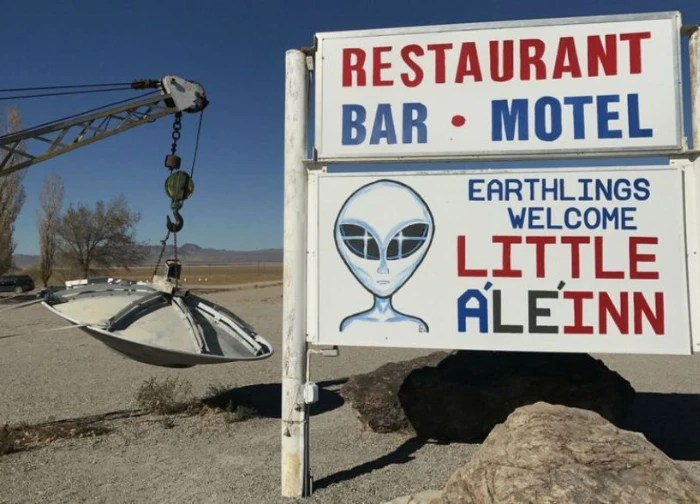
3 | 0 Discuss | Share
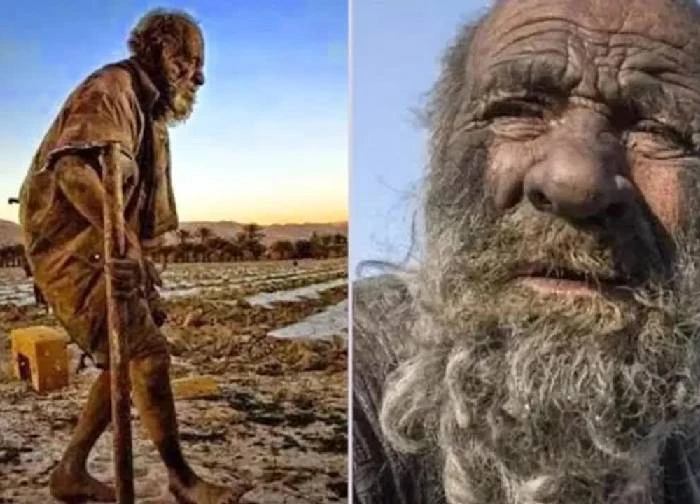
0 | 0 Discuss | Share

0 | 0 Discuss | Share
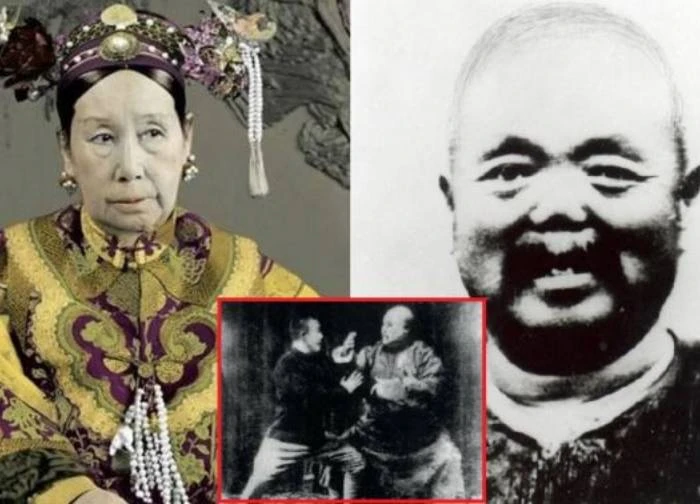
1 | 0 Discuss | Share
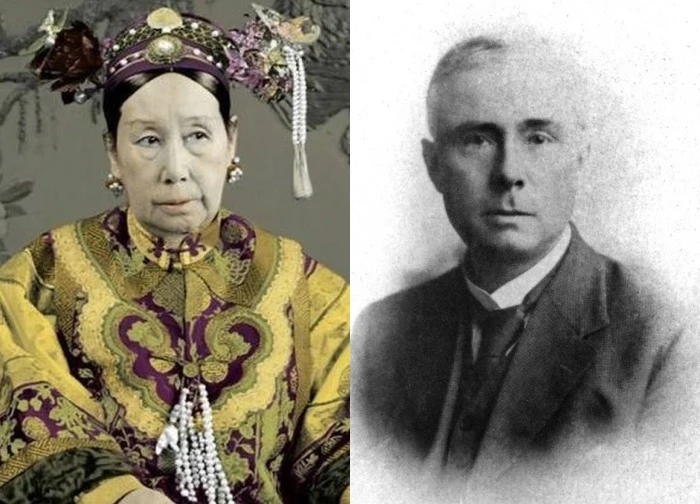
4 | 0 Discuss | Share
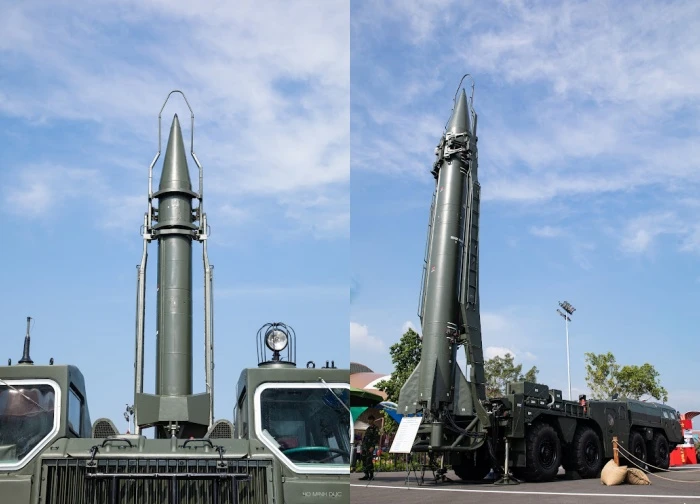
4 | 0 Discuss | Share
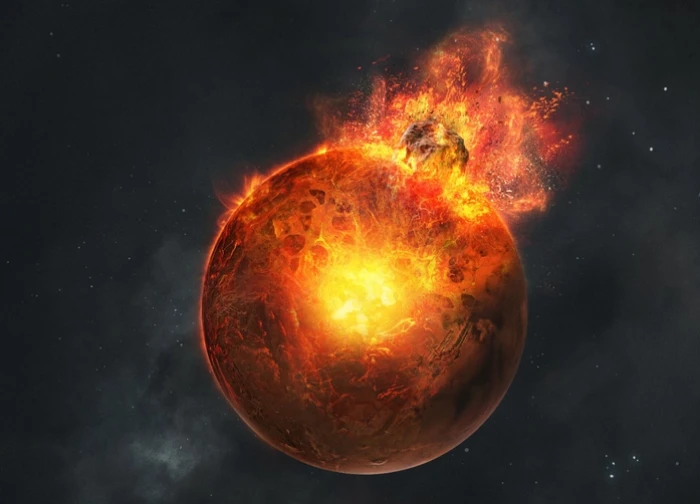
3 | 0 Discuss | Share
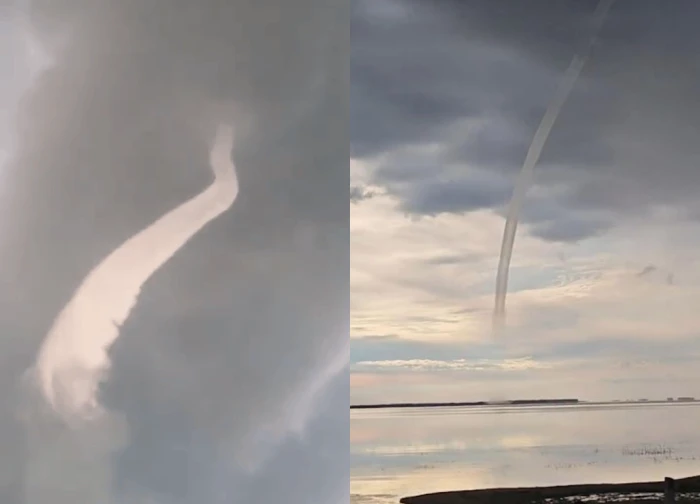
2 | 0 Discuss | Share
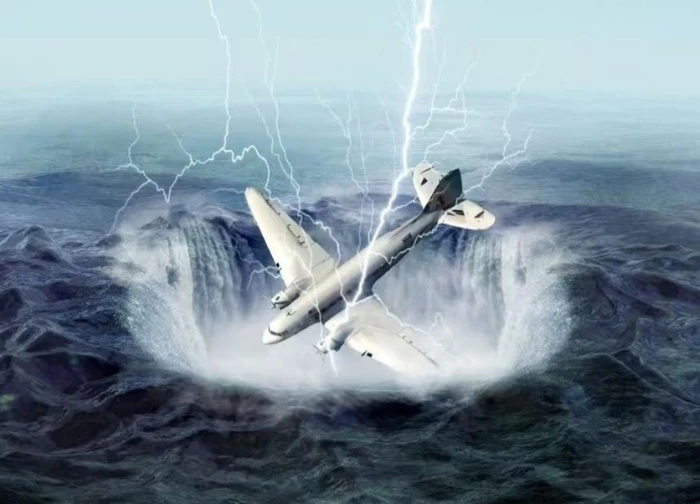
4 | 0 Discuss | Share

2 | 0 Discuss | Share
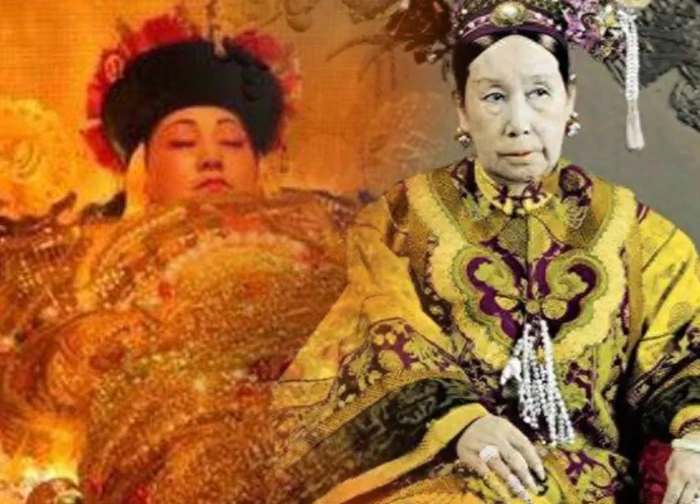
2 | 0 Discuss | Share
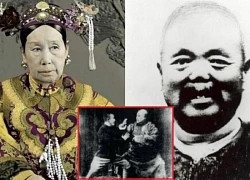
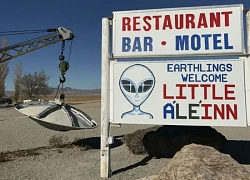
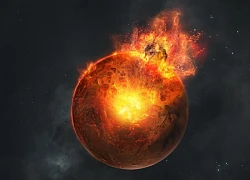

5 | 0 Discuss | Report